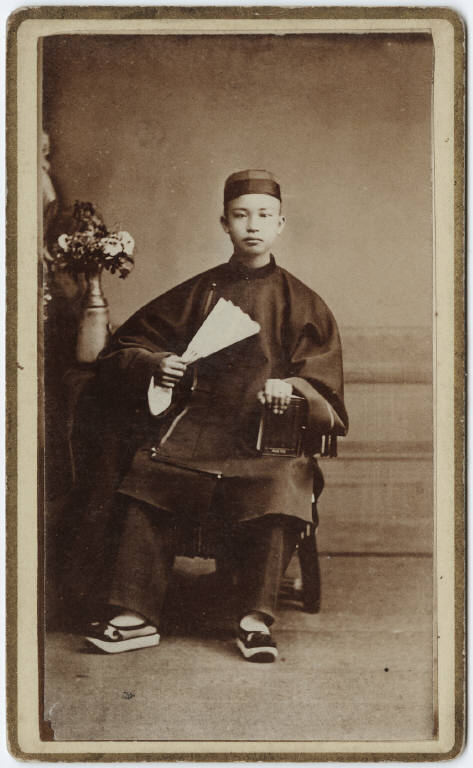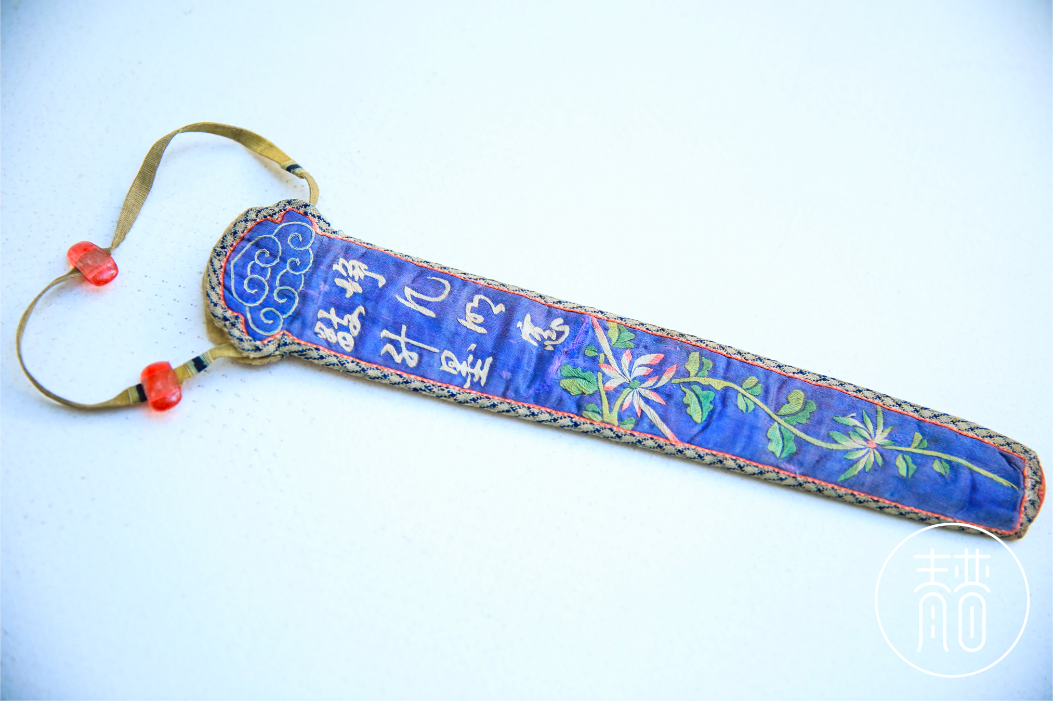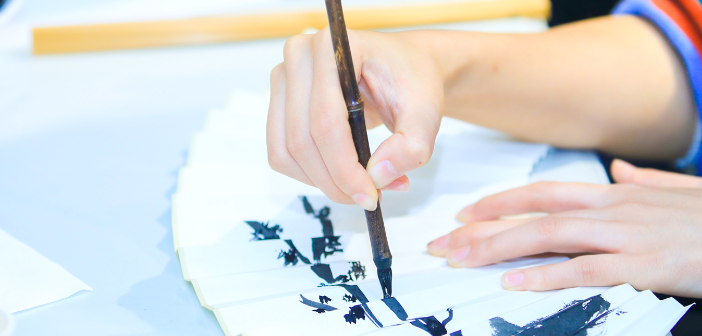Of the many iconic images associated with Chinese history, chief among them is the folding fan. Whether you’ve been to the country or not, chances are you’ve seen a photograph of emperors and empresses decked out in flowing garments, clutching a beautifully crafted, and expertly painted, fan. It’s a tradition as inextricably linked to the culture of this nation’s citizens as noodles and rice.

Yet interestingly, and contrary to popular belief, folding fans did not originate in China. Rather, they were brought to the country roughly 1,000 years ago, when Japanese monks visited the court of the northern Song Dynasty. Nevertheless, from that point on, Chinese citizens fell so in love with the portability and convenience of the folding fan, not to mention its possibilities to showcase brilliant works of art, and thus represent one’s social status, that they forever found a home here.
In an effort to keep the knowledge of this wonderful tradition alive, cultural center and retreat organizers Tsingpu offers workshops about the history of folding fans, as well as a hands-on tutorial. Billed as The Charm of Fan Art, these workshops are held on the third Sunday of every month from 2pm – 4.30pm, and cost RMB 138.

Sam Lin, a researcher and writer of all things traditional crafts, leads the session, which is perfect for children and adults alike.

Though he’s not a craftsman himself, Lin began collecting fans shortly after graduating university, visiting the workshops of renowned artists, and learning the techniques straight from the source. When asked why he thinks the preservation of this art form is so important, Lin tells beijingkids that of the three cultures to have a history of folding fans — Japan, Korea, and China — Japan and Korea still use folding fans to this day, whereas China does not. Moreover, because the Chinese fans carry painting and calligraphy, they become artifacts of pure art, and thus, must be preserved, lest we lose a very important part of history and culture.

10-year-old Jerry, who attended The Charm of Fan Art with his mom, shares a similar sentiment with Lin. “I think it’s important for kids to learn traditional culture, and to make some of these things when they become adults,” adding, “I really want to share what I learned with my friends, because I think it’s too important to us.”





Tsingpu is located at Building 2 Zhengtong Chuanyi Center Xibahe Xili Chaoyang.
To learn more about Tsingpu and their cultural experiences, click here.
To register for the next Charm of Fan Art, email miya@tsingpu.com
Photos: Tsingpu, Wikimedia




